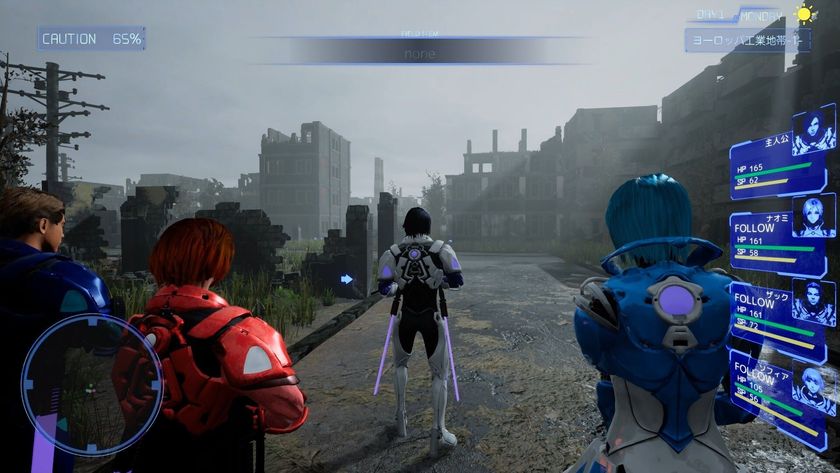Directors Commentary - revisiting Life is Strange with its creators
Life is Strange was never more than it appeared - primarily because it covered so much ground to start with. A time-travelling teen drama mystery was never what we expected to hit high-altitude on our game of the year lists, but hit it did. Over the course of five episodes, we had expectations, prejudices and vocabularies repeatedly smashed. With the boxed, limited edition out today, it seems the perfect time to revisit the series alongside its co-directors, Michel Koch and Raoul Barbet.
However, not content with the director's commentary on the disc (and coming as a free update to all digital purchasers) we decided to stage our own episode-by-episode deconstruction of the surprise hit of 2015. It's worth bearing in mind that this is a look back over everything, so consider yourselves welcomed to SPOILER-town.
Episode 1 - Chrysalis

12DOVE: The most interesting thing to me is how immediately we see the mash-up of styles you have here. There's time travel, teen drama, a mystery - I wondered if any of those elements came first. Were you working on a single element that then expanded into something bigger or did you come up with this as a unified whole?
Michel Koch: I think at the very, very beginning, the idea was to extend the Memory Remix sequences from our previous game, Remember Me. The idea was really to keep this in mind - the fact that you can change some small things in the past and have huge consequences - and to play with time. So it was to extend this mechanic into whole game. After that came what we call the style of the game - what will the story be? Who are the characters? What are the things we want to talk about? All of this gathered and became Life Is Strange. Episode 1 was quite a challenge, because it's a point of entry for the player, so we have to be careful not to put too many things out at the same moment. You have to meet a lot of characters and understand the story, so it was quite difficult to design this particular one.
Raoul Barbet: And yet there's still a bit of everything. Even if it wasn't a big moment, we still needed to instil some of those elements, to speak about them and to ensure the characters met each other. It was really exciting, really fun to design.
GR: For a game that's so lauded for its storyline and its approach to certain themes, that it came out of a game mechanic is fascinating. Did the storyline just fall into place in that respect? Time travelling to correct mistakes works so well as a metaphor for teenage insecurities that it's hard to see it as an afterthought.
MK: When we went into pre-production, we worked a lot on that, because it's really, really important to us for the game to be completely cohesive - everything should just click together. That's the way we created the gameplay, the characters, the rewind mechanic, the art direction, the sound and music, the UI. Everything was made to serve the story and the main themes we wanted to put out. The main theme, of course, was choice and consequences, but we also wanted a coming-of-age story, where in the end we really wanted to show the player that sometimes you shouldn't look back to the past, you should try to go forward, not to try and change everything
Sign up to the 12DOVE Newsletter
Weekly digests, tales from the communities you love, and more
GR: I'd be interested to know how much of the story you had planned out from the beginning. When the reviews came out for Episode 1, there was quite a lot of criticism of the style of writing, specifically that the dialogue seemed clichéd. And yet by Episode 5, I saw that early dialogue as an indication that Max and Chloe were just young and naive. In retrospect, it almost seems correct that they were speaking in that way - they'd had to grow up to deal with that situation. Firstly, was that the idea? And secondly, how did you react to that criticism?
MK: That was exactly the idea. Episode 1 was an introduction to the world, to the characters. Max is very much a teenager, and she lives in a teenager's world, so we wanted to use some of those archetypes that players are used to seeing from TV shows, from books or from films. That's why we have those archetypes for the introduction - but we really wanted them to evolve over the course of the episodes, and show the player that not everything is black or white. For the writing, we worked really closely with our American writer, Christian Divine, to try and find the lingo used by teenagers - but also to look at it geographically, seeing how people speak in Oregon and north California. So we worked a lot on that to try and find the kind of words that teens use there - like the word 'hella', which is used in those parts of the Untied States, and only there, really! We also wanted to create a language for the characters - we think that's a good way to create memorable characters, and give them some expression, a way of speaking that's unique to them. Of course, when we did read the criticism, we took it on board, because we know that nothing can be perfect, and that we might have made mistakes. But we did also try to keep our vision and what we had designed - we didn't want to change everything just for the sake of changing things. We knew what we wanted to have.
Episode 2 - Out of Time

GR: This episode felt like the moment that Life is Strange fully crossed over from "interesting prospect" to a genuine hit. But looking back, it's interesting that Episode 2 actually sidesteps the main story to some extent and focuses much more on Kate Marsh's troubles, which are ultimately something of a side story. Was it a conscious decision to show a more human side to a character you weren't necessarily expecting to be a big part of the narrative?
MK: What's really interesting about the episodic format is that it means we can focus on specific themes - for example, using Kate for that. In Episode 2, it's all about cyber-bullying - a theme we wanted to tackle. In the beginning of the project, we wanted to talk about that because it's a part of being a young person nowadays - but we have to be careful as designers and writers to be sure that the player is connected to the characters. We always knew that Kate would become a very important part of talking about this theme in Episode 2, so we had to develop the right relationship between Max, the player and her. Having this in mind, each time we began an episode, we thought about all the characters, asking ourselves if they are important enough. The episodic format pushed us to be efficient from a creative point of view, and be careful about how the story of the characters will change.
GR: A lot of discussion around Life Is Strange focuses on how it uses TV conventions to its advantage - episodes, cliffhangers and such - but your use of characters for not just plot progression, but thematic importance feels more novelistic. Did you have that in mind? Were you trying to create something that doesn't feel like a video game?
RB: We researched a lot on TV shows, movies and comic books, and we really had in mind the episodic format of a TV show for our character development. That was something we really wanted to use in a video game - because games are such a different medium. But some of the writing used techniques are from books and TV shows - it was really important for us to create interesting characters you'd care about, and who you'd grow with. The fact that there is a waiting time between each episode can really help the player grow closer to the characters, because they think about what happened and how they talked - they gain more from that.
MK: In games, what's really interesting - and not the same in movies or books - is the interactivity. So even if you put a character in a scene, maybe a player won't even go to talk to them, so you have to be very careful about their presence and the interaction with them. You want to player to go there for themselves, because they're interested in a secondary or tertiary character, but we have to make sure that if they meet a character in one episode, the next episode will match what the player has uncovered.
Episode Three - Chaos Theory

GR: I think Episode 3 contains my favourite moment in the series, which is the scene in the swimming pool. It feels very meditative - again, it seems to be about reflecting on what the game's showed us, rather than pushing the plot forward. That's a recurring idea throughout Life Is Strange - you allow for moments of reflection, almost as a game mechanic. What made you include the ability to just sit down and think for a while?
MK: [laughs] Internally, we call those sequences "Zen Sequences" - they're all those moments where we want the player to be able to take their time and to think about what's happening. Of course, the swimming pool scene is one of those slow-paced moments - but even from a general look at the game, its slow pacing is something we really wanted to have from the beginning. It's quite difficult to explain, because a lot of games just want the player to rush and get to the next part, or to fight, but we really wanted to give the player time to think about events, so that's why we created those Zen Sequences. Even in Episode 1, when you're on the campus, you can choose the moments you want to have. When we were designing those moments, it was really to give some reward to the player for exploring and to make them want to continue to do so, and have more moments like this. So, for example, we added some voiceover of Max's thoughts, we added camera angles you'd never see if you didn't take your time, and some layers of music. By giving those rewards, the player gets used to playing the game more slowly. We're quite happy because it seems a lot of players like to do that.
RB: It's something we wanted to do from the beginning of the project, and we loved putting in those Zen Sequences. We're living in a world that's really fast, people are taking less and less time even in real life. We really wanted to show that sometimes you should just sit somewhere and enjoy the moment, to take your time, look around and think about what's happening.
GR: The reveal of the alternate universe Chloe, who's been permanently injured by a car accident, is probably the series' most out-and-out shocking moment - and to come in the same episode as something as calming as that swimming pool scene, it's a huge contrast. Was part of the idea of Life is Strange to present events that people aren't necessarily expecting to have to think about?
RB: The purpose wasn't to shock just for shock's sake - the idea was really to have those themes in the game. With Chloe, for example, the idea is that perhaps you can't fix everything by changing an event you think is bad - it's not possible to have a perfect life. We really wanted to talk about that. That's just one of those themes we wanted to have.
Episode 4 - Dark Room

GR: Rachel Amber's death is perhaps not as shocking a reveal as alternate-Chloe, but I think it almost seems confrontational to a video game player, because we're led to expect to be able to solve every mystery and save every day. The idea that this character is dead, and there was never anything we could do seems very... heavy by comparison to most games. Were you consciously challenging players?
MK: It is heavy, you're right. It's a very emotional scene - but our larger feeling is that, a lot of times in real life, it's hard, but when someone is missing for so long, often they this has happened. We really wanted to talk about reality. In reality some people can just be dead; sometimes you have to deal with that, accept the grief, and move forward with it. That's the idea of this scene.
GR: This is probably one of the odder video game interviews I've had, because you very rarely have developers talking about what things are like in real life. It's unusual to ask questions about a game and have you saying "well, it happens in real life..." That's refreshing, somehow.
MK and RB: [laugh]
GR: Given that connection to reality, do you see Life Is Strange as a teaching tool in some way?
RB: No, I don't think so. It's more about presenting those scenes and making people think about them. We are really happy to have received letters from teenagers explaining that the situations make them think about their friendship, about the fact that they care about their friends, want to be closer to them. After the scene with Kate, we got so many letters from people explaining that they've been in the same situation as Kate. It's very heartbreaking for us to read that, but we also saw that there really is a need to talk about those things. I think video games are a great medium for that, because we all know games are a key medium for younger generations. It's important to have games that are fun to just play with friends, but I think this medium can also be used to talk about those themes. A lot of players are very happy to see that they're not alone in confronting those difficulties.
GR: Were you ever expecting to receive that kind of response?
RB: We knew that some subjects are difficult, and we had to be careful. As creators, we're responsible for those themes. For example, in the Kate scene there was a lot of this concern about how we could talk about those subjects without shocking, or making them too game-y. I think it's important to keep in mind that this kind of subject is real, and some players might have gone through this themselves. Of course we wanted to have some feedback like this, but the response was huge.
Episode 5 - Polarized
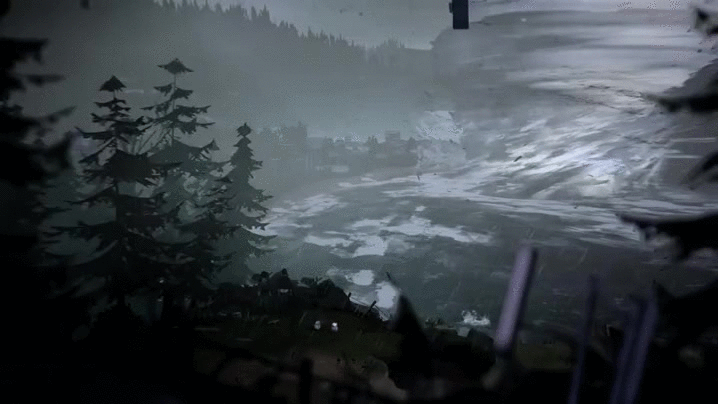
GR: Bringing anything to an end is always going to breed discussion and criticism. I know that some people were disappointed with the perceived imbalance of the two endings. Is there anything about how the game ended that you would prefer to alter in retrospect?
MK: The way the game ends, with those two choices, two endings, that's really the way we had thought of it from the beginning. Of course, we read some of the criticism, and when you get so invested in anything - a game, a show, a book - you're creating your own ideal version of the ending in your mind. And I guess in some ways what Max is doing is trying to make her own ideal version of the world. But in the end, you have to face consequences. That's the message of the game, that, in the end, Max has to take one of those two decisions. We're really happy with those endings, because it really conveys for us that main message. You cannot try to cheat everything, you cannot make things perfect. Either you have to accept grief, to accept the death of a loved one or the other choice is to take the decision to sacrifice everything else you know for the person you love - you have to choose to accept that pain. That's what we mean by the Sacrifice Arcadia Bay ending - Max and Chloe are living together, not looking back, because Max made this really hard choice of sacrifice for Chloe. I don't think we'd change anything.
GR: So it's not necessarily the choice you make that serves as the metaphor, but the fact you have to make it at all?
MK: That's exactly it. And this is really the metaphor of growing up. It's a coming-of-age tale. Throughout the game, Max is finding ways to change everything, to find a perfect ending, but there is no perfect ending. There's always some compromise, some trade-off you have to do, and then you have to focus more on what comes next than what came before.
The Future
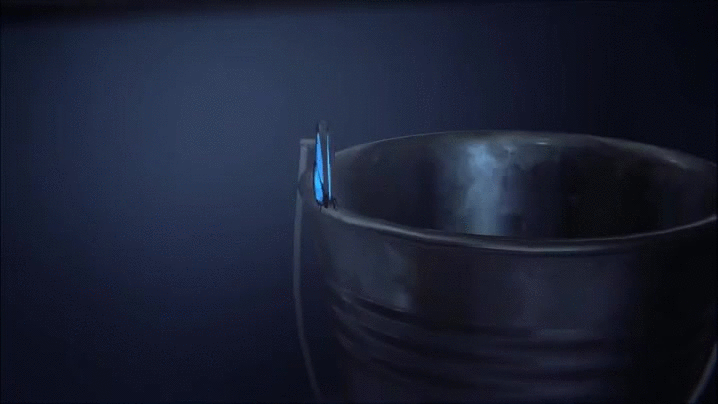
GR: It's previously been said that Life Is Strange season two will feature new characters, which makes sense. But if that's the case, what aspect of Life Is Strange can you carry over that will make season two feel like a true sequel? What is it that defines Life is Strange as a series if there's going to be a season two?
MK: That's a really good question, and we'd love to make a second season, but it's too early to talk about it. As a general response, I think we're well aware of a lot of the core meanings and themes, and what really makes a Life Is Strange game. But it's really too early to talk about it, I'm sorry.
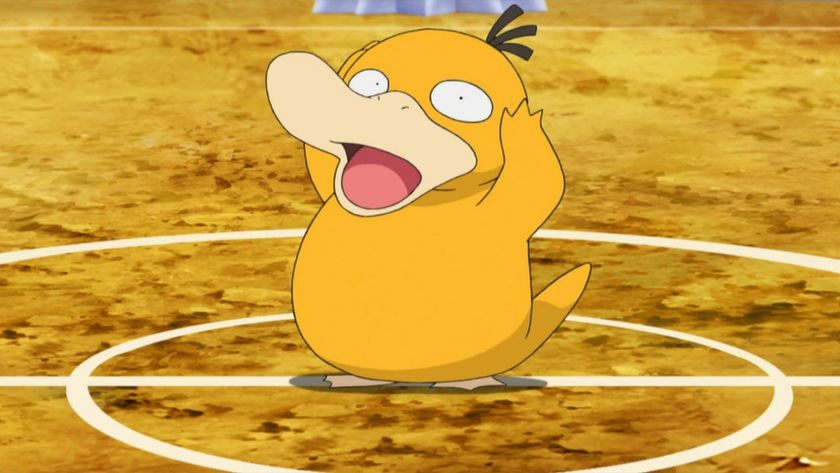
Pokemon reaches settlement in lawsuit over mobile game "Pocket Monster: Remake," operators "sincerely apologize" and say they've "learned our lessons"
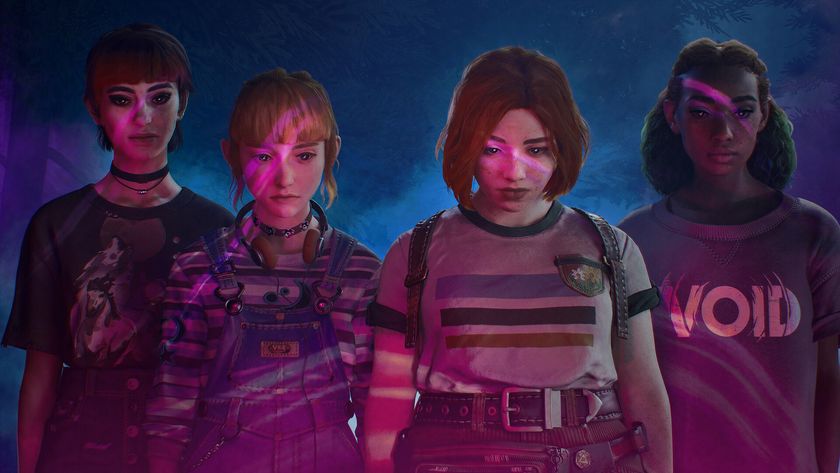
Life is Strange director says Don't Nod returned to its episodic roots in Lost Records because he's not "invested" in Netflix's binge model
Most Popular





